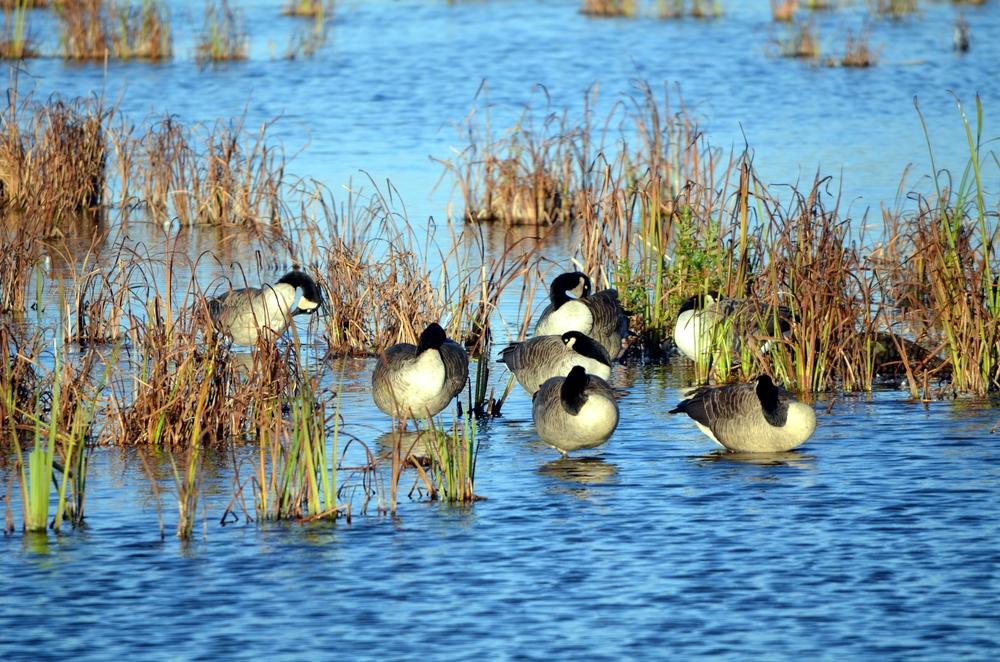With over 15,000 lakes (including two Great Lakes), several national and state wildlife refuges, and various wetlands, prairies, and forests, Wisconsin has an abundance of natural beauty to offer our feathered friends. In the fall, when many birds head south, the Badger State becomes the Birder State as pros and amateurs alike head out with a pair of binoculars to bear witness. More than 300 species spend at least part of the year here, and Audubon lists nearly 3.2 million acres of Important Bird Areas. If you’re coming to watch, here are a few of the best destinations.

Canadian geese asleep in Horicon Marsh. KBitto/Shutterstock





